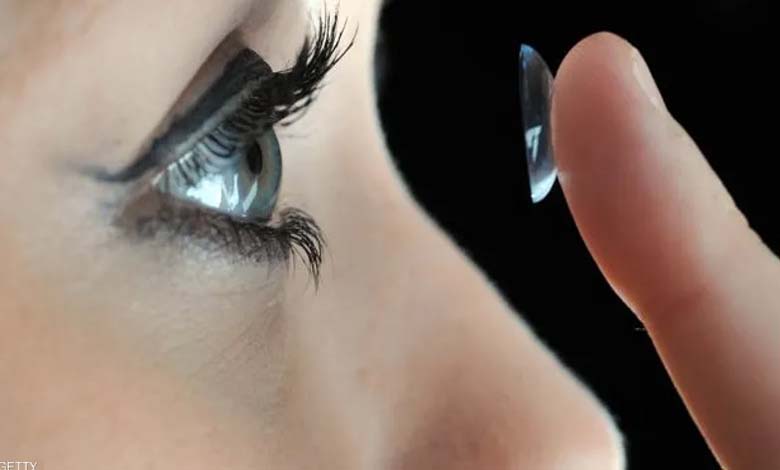Night Vision Contact Lenses: A New Frontier in Human Sight

A groundbreaking innovation at the crossroads of science and technology
Night vision has traditionally been the domain of soldiers, researchers, and adventurers — often relying on bulky and expensive equipment. Today, a new breakthrough could democratize this ability: special contact lenses that allow humans to see clearly in the dark.
-
Developing Contact Lenses That Give Humans Night Vision
-
They Must Be Removed: Contact Lenses—A Hidden Danger in the Shower
This technological leap, driven by teams of researchers in bioengineering, nanotechnology, and optoelectronics, marks a pivotal shift in how humans interact with technology. We are no longer just improving vision — we are redefining its natural limits.
How do night vision contact lenses work?
The lenses incorporate an ultra-thin layer of materials known as “graphene nitrides,” which respond to infrared light. Unlike visible light, infrared is emitted as heat by objects. These lenses contain miniature sensors that detect this radiation and convert it into visual signals the human eye can interpret.
-
Irritation and Infections: How Makeup and Contact Lenses Affect Your Eyes
-
Study Reveals the True Impact of Contact Lenses on Children’s Vision
One of the main challenges was making this system compact and flexible enough to fit inside a soft, wearable contact lens. Recent advancements in miniaturization and embedded AI have made what once seemed like science fiction an emerging reality.
Civil and military applications
The potential applications are vast. In the military sector, these lenses could replace heavy and costly night vision goggles, offering soldiers improved mobility and performance. In civilian life, they could assist security personnel, emergency responders, explorers, or even people with low vision.
-
Eye Infections Due to Contact Lenses: A Magical Treatment from Trees
-
High Cholesterol Symptoms May Appear in Just One Eye
They also hold potential in nighttime driving, extreme sports, and even the creative arts and film industry.
Ethical and safety considerations
Every technological leap raises ethical and regulatory questions. Who will have access to these lenses? Will their usage be monitored? How can we prevent misuse for illegal or invasive purposes? Regulatory bodies will need to address these issues before such lenses are widely adopted.
Eye safety is another critical concern. Developers state that the lenses are made from biocompatible materials, but long-term testing is essential to rule out any adverse effects.
-
The World on the Verge of Developing a Sighted Artificial Eye
-
Iraq: Criminalization of Eye Color Change Procedures in Beauty Centers
A step toward controlled human-machine integration?
Night vision lenses represent just one step in the broader journey of human sensory augmentation. Combining biology, AI, and advanced materials, future lenses may not only improve sight but also offer additional functions: zoom, augmented reality overlays, thermal detection, or even real-time environmental analysis.
The challenge will be to innovate responsibly. Because behind every advancement lies a core question: how far should we go in enhancing human capabilities?












